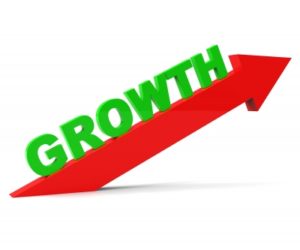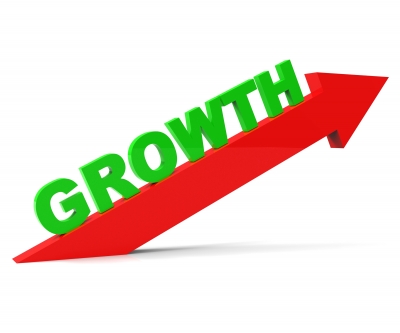 The Philippine economy grew 6.6% in the last quarter of 2016, boosting growth for the whole year to 6.8% and making the country the fastest growing economy in Asia in the previous year.
The Philippine economy grew 6.6% in the last quarter of 2016, boosting growth for the whole year to 6.8% and making the country the fastest growing economy in Asia in the previous year.
Growth was backed by higher investment and consumption, according to Socioeconomic Planning Secretary Ernesto Pernia, in a briefing on January 26. The figure, however, is lower than the 7% growth in the third quarter of 2016, but higher than the 6.3% acceleration recorded during the fourth quarter of 2015.
The 6.8% growth for the whole year, meanwhile, was on the high end of the government’s target of 6% to 7% for 2016.
Pernia, who is also director-general of the National Economic and Development Authority (NEDA), said the Philippines is likely to be either the third or fourth fastest growing major Asian emerging economy in the fourth quarter after China’s 6.8% and Vietnam’s 6.7%, but for the full year, the country is so far the fastest growing, with China at 6.7% and Vietnam at 6.2%.
For 2017, Pernia said the industry sector is seen to stay vibrant with the construction industry in the limelight, following the government’s aggressive drive to approve and implement critical infrastructure projects.
The services sector is also expected to remain strong, supported by moderate inflation, expected influx of inbound tourists, expansion in retail trade, a healthy financial system, sustained growth of remittance, and continuing growth of the IT-BPM sector.
Domestic demand remains buoyant, and should continue to provide support to economic growth in the near to medium term, Pernia noted.
Given the growth last year, the Cabinet official said “we believe that the target of 6.5% to 7.5% for 2017 is highly likely.”
“In the medium-term, we expect growth to strengthen further towards 7% to 8%. This would mean that, over the next six years, the economy will expand by about 50% in real terms, and per capita income will rise by over 40%. This should bring us to the upper middle income category standing by 2022. More importantly, we hope to reduce the poverty incidence to 14% by 2022, thereby lifting about 6 million Filipinos out of poverty,” Pernia explained.
Downside risks
To achieve these goals, the NEDA chief said risks that lie ahead must not be underestimated. He said extreme weather disturbances such as El Niño and strong typhoons represent the biggest roadblock to growth. He issued a call to boost the agriculture sector’s resilience to such shocks.
Other potential downside risks include the possible policy shifts in the U.S., greater volatility in capital flows, and geopolitical risks.
The government, he said, needs to remain vigilant and consider potential repercussions to the Philippine economy.
“We need to nurture entrepreneurship and attract investments to produce higher-paying, higher-quality jobs especially outside of Metro Manila,” Pernia said.
Moreover, there is a need to ensure sectors are resilient and diversified in both products and markets. In the services sector, Pernia said there is a need for a policy environment that makes it easier for firms to set up and operate businesses, as well as to comply with regulations.
“In this respect, we need to make our regulatory system much more efficient and transparent,” Pernia pointed out.
Image courtesy of Stuart Miles at FreeDigitalPhotos.net





